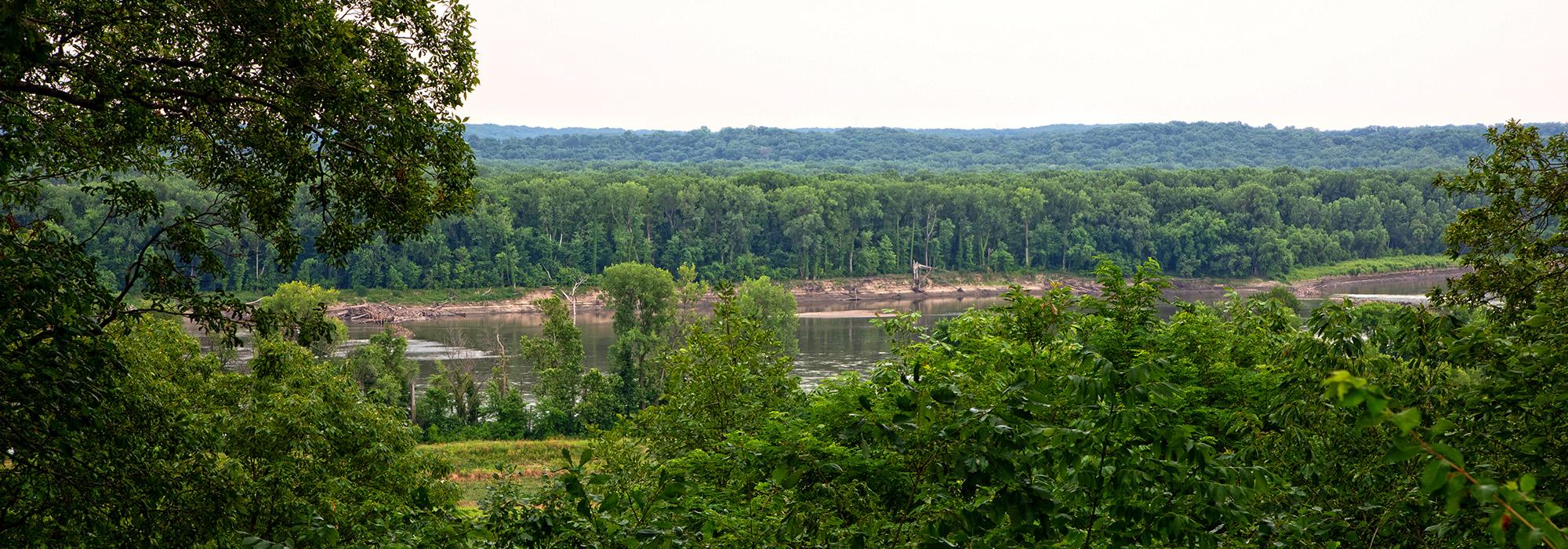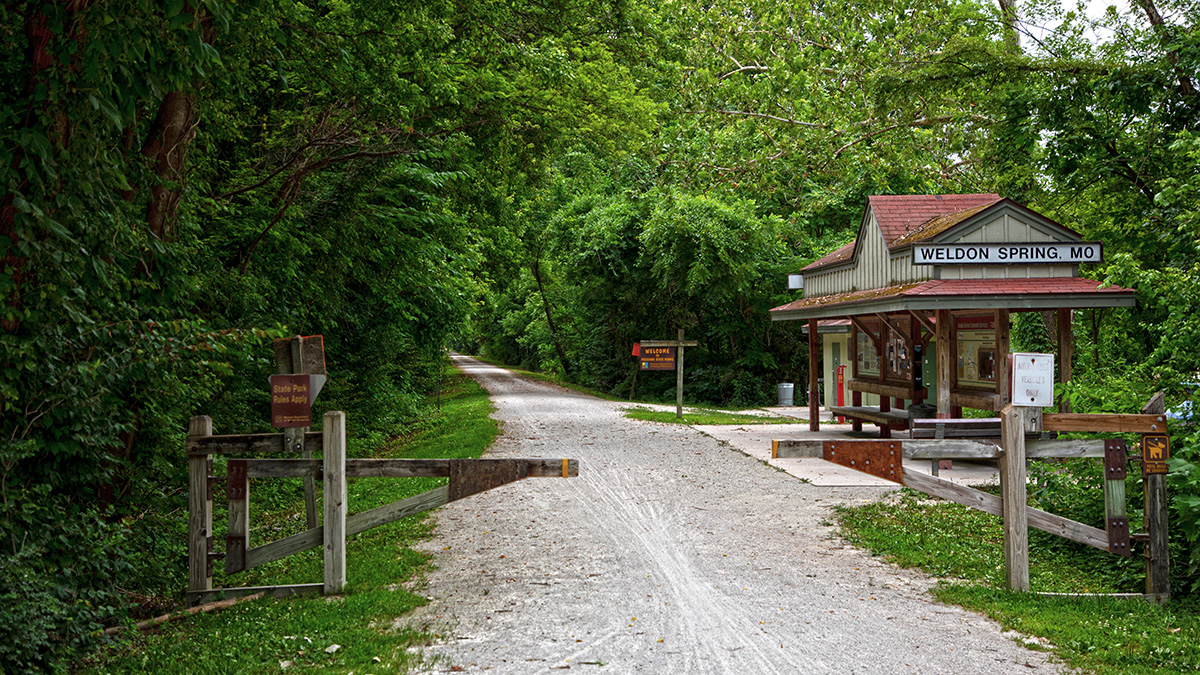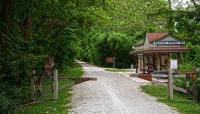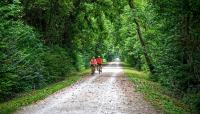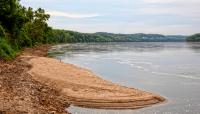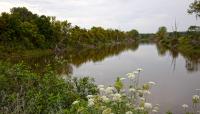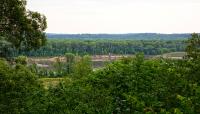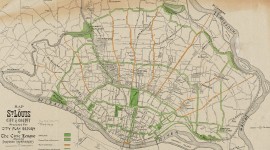Located 30 miles west of St. Louis, this site encompasses a remediated, former industrial operation. The U.S. Army’s Weldon Spring Ordnance Works manufactured trinitrotoluene (TNT) and dinitrotoluene (DNT) from 1941 to 1945, contaminating soil and groundwater. The Ordnance Works stopped production at the end of World War II and the Army transferred 7,920 acres to the University of Missouri, which used the land as an agricultural experiment station. The Missouri Department of Conservation purchased 7,200 acres from the university in 1978 to create the Weldon Spring Conservation Area. The conservation area currently includes 8,397 acres of forests, glades, wetlands, and cropland. In 1956 the Army transferred 205 acres to the U.S. Atomic Energy Commission (AEC), which established a chemical plant to process uranium. Though operations ended in 1966, the on-site quarry was used as a disposal area for waste and tainted materials until 1969. In the late 1980s, the quarry and area occupied by the chemical plant were placed on the Comprehensive Environmental Response, Compensation, and Liability Act (CERLA) National Priorities List as a Superfund site. The remediation process that followed concluded in 2001 and the adjacent interpretive center that communicates the site’s history, remediation effort, and current conditions opened the following year. One of the site’s highest points is the location of the 75-foot-tall disposal cell, which features an observation platform. Accessed by a crushed gravel walkway and staircase on its southeast side, its exterior is composed of a mixture of cobbles that transition from white to gray. In the warmer months, its austere hue contrasts with the verdant, 150-acre Howell Prairie that surrounds it. The restored prairie, established by the Department of Energy, is planted with more than 100 native plant species that were present prior to European settlement. A wide, one-mile-long path surrounds the cell, offering views of the prairie. The six-mile-long Hamburg Trail connects the site with surrounding trails and parks, including Katy Trail State Park and the Weldon Spring Conservation Area.
